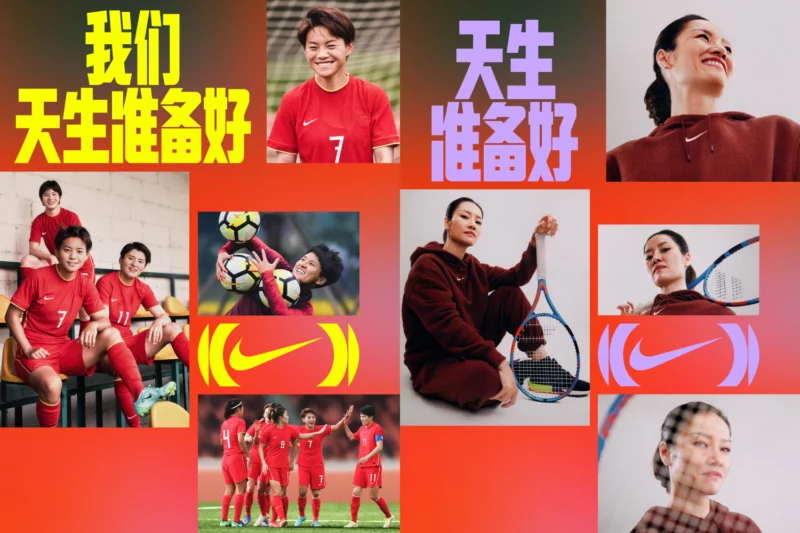The story of Monki (a self-claimed storytelling brand under the Swedish fast-fashion clothing label H&M that offers competitive prices) in China seems to be coming to an end, with the brand issuing a notice on its flagship store on Tmall (China’s e-commerce giant), informing customers of the store closure on 1 April.
The brand’s storefronts on other social media like Dazhong Dianping (Chinese answer to TripAdvisor) and Xiaohongshu (a Chinese lifestyle-sharing platform) are also understood to be closing. Despite entering China in 2015, followed by a swift landing on the digital marketplace in 2016, as well as offline installations covering nine of China’s major cities including Beijing, Shanghai, Chengdu, and Shenzhen, the overall presence of Monki in China is weak.
In contrast, its sister brands also under H&M’s umbrella that are positioned as high-end, such as & Other Stories, have been growing their footprint in China at full speed. Launched in 2013, & Other Stories offers a wide range of shoes, accessories, beauty products, and ready-to-wear for women. The brand arrived in China in 2021, with its first store in Shanghai’s upscale shopping mall iAPM. In early February, the brand acquired its second storefront in Beijing Taikoo Li, speeding up its presence in the premium segment for the fast fashion market.
Although the approaches the two sisters have adopted to penetrate the Chinese market are similar, the difference in targeted consumer segments has led to the opposing fates. Monki prides itself on its “competitive price” but is losing its competitive edge with more global players rushing into the market, leveraging local supply chains, and using digitalised commercial strategies. The rise of online fast fashion brands like SHEIN has also weakened Monki’s status in China.
While more control has fallen onto consumers in an oversupplied market, the brand fails to win over its target audience – China’s Gen Z, owing to its ordinary designs that don’t fit the image of fast fashion, and therefore, rarely impress the young generation who are always looking for something new.
In the meantime, with the ongoing trade-up in the market that is driven by China’s young consumers, cheap fast-fashion products are gradually losing ground and better-quality products are pursued even at a higher cost. The shift in demographics of consumers and behaviours that come with it has resulted in an overall market upgrade and brands who are still playing by the old strategy will naturally lose the game.









